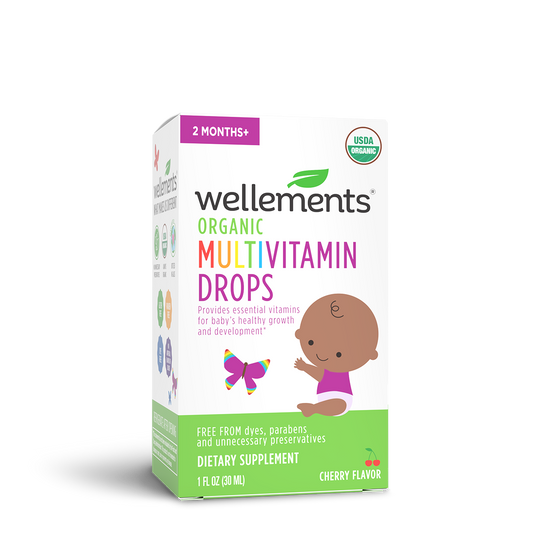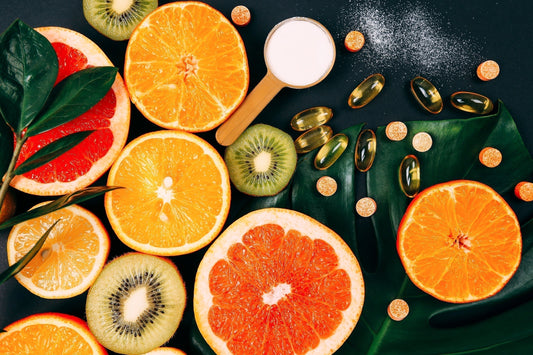Don’t Let the Term “Natural” Fool You
| updated:Share

You’re in the supermarket, ticking off items on a long grocery list. Your phone is ringing, your kid is running away up the aisle and your cart has a bum wheel. Not to mention, for every item on your grocery list, there are at least ten different options. You don’t have time to stop and read every label, but you are interested in choosing the best option. How are you supposed to know which products are best for your family? When a product is labeled ‘natural’, what does that even mean?
Over the past decade, words like ‘natural,’ ‘plant derived’, and ‘organic’ have become commonplace on food labels. This is because the consumer demand for healthier options has grown. According to Consumer Reports, nearly 60% of health-oriented shoppers say they look for the term ‘natural’ when they shop.
From ‘natural’ peanut butter to cereal to soda, this label may conjure images of wholesome, minimally processed products. And yet, some foods, such as eggs, are always natural. But because not all suppliers print that on their carton labels, shoppers get confused.
So what does the term ‘natural’ actually mean?
Most shoppers believe a product that is labeled ‘natural’ means that it doesn’t contain artificial ingredients, pesticides or genetically modified organisms (GMOs). But in fact, there is not a strict definition of the term yet. Therefore, it can be hard to tell which ‘natural’ products are actually good for you and which have hidden, unhealthy ingredients. Talk about confusing!
Without a formal definition of what ‘natural’ means, let’s examine what this label does not mean. First of all, foods containing natural flavors, sweeteners, or other plant-derived substances can be labeled natural. In addition, foods containing highly processed high fructose corn syrup (HFCS) can also be labeled natural. This is because the synthetic materials used to generate HFCS are not incorporated into the final product. Finally, foods containing genetically engineered or modified ingredients can be labeled as natural. Crazy, right?!
Contrast that to foods and products that are certified ‘organic’, which are possibly the most tightly regulated labels by the U.S.Department of Agriculture (USDA). These products are required to have at least 95% organically produced ingredients. They cannot contain antibiotics, growth hormones, pesticides, petroleum, or bioengineering, among other things. But that is not the case for ‘natural’ food labels. Since they’re not as regulated as organic foods, you still don’t really know what the term ‘natural’ means.
3.8 /
5.0
(153)
153
total reviews
Multivitamin Drops
Sale price
$14.99
What to look for instead
All of this being said, there are plenty of packaged foods and products out there carrying the ‘natural’ label that are very healthy and demonstrate high integrity in their manufacturing process. Next time you’re at the grocery store struggling to decide which natural food label to trust, follow the tips below to make a confident choice.
-
Pay attention to the ingredients list: Learning how to read product labels can often feel like you’re trying to learn another language. However, this is the best way to judge whether your favorite granola is the right choice for your health.
-
Pay attention to any food scoring system: Some grocery chains, food companies, and other groups have started implementing food scoring programs aimed at making it easier for shoppers to choose wisely. These programs range from icons on the front of packages, to markers on store shelves, to online programs in which foods are scored according to their healthfulness. This trend is still gaining traction, but it can be a useful tool when having to make a quick decision on the spot.
- Do your research: List out the packaged foods items that you buy on a routine basis. Then set aside time before going to the grocery store to look up each item online. Do some research on the brand’s practices and better understand what each ingredient on the label means.
The bottom line is, don’t let the term fool you. Just because it’s natural, doesn’t mean it’s the best option out there. Focusing on whole, unprocessed foods and products that are organic and preservative-free is always a smart choice for a healthy lifestyle. It may take time to learn the difference , but once you do, you will be more confidence and have peace of mind when shopping for your family.



